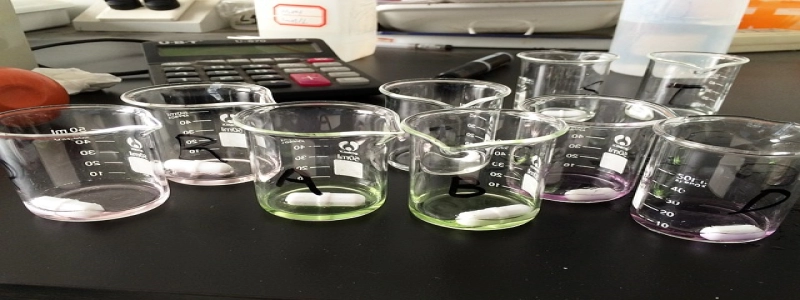Tunable Diode Laser Absorption Spectroscopy (TDLAS)
Invoering:
Tunable diode laser absorption spectroscopy (TDLAS) is a highly sensitive and versatile analytical technique used for the measurement of gas concentrations in various gaseous systems. It relies on the principle of absorption spectroscopy, where the absorption of light by a specific gas is used to determine its concentration in a mixture. TDLAS offers several advantages over traditional absorption spectroscopy methods, including high selectivity, non-invasive nature, and real-time monitoring capabilities.
1. Principle of TDLAS:
TDLAS operates on the principle that each gas has a unique absorption spectrum in the infrared region. A tunable diode laser emits a narrow-bandwidth infrared light, which is passed through the gas sample of interest. The laser wavelength is tuned to a specific absorption peak of the target gas, resulting in a reduction in the transmitted light intensity. By analyzing the reduction in transmitted light intensity, the concentration of the target gas can be determined using Beer’s Law.
2. Instrumentation:
TDLAS instrumentation consists of several key components, including a tunable diode laser, a gas cell, a detector, and an electronics system. The tunable diode laser emits a monochromatic light beam that can be tuned over a range of wavelengths related to the absorption lines of the target gas. The gas cell is the sample chamber where the gas of interest is introduced, and it is designed to enhance the interaction between the laser beam and the gas molecules. The transmitted light is detected by a highly sensitive photodetector, such as a photodiode or a photomultiplier tube. The electronics system processes the detected signal, allowing for real-time measurements and data analysis.
3. Applications of TDLAS:
TDLAS finds applications in a wide range of industries, including environmental monitoring, process control, combustion analysis, and medical diagnostics. In environmental monitoring, TDLAS is used to measure atmospheric gases, such as carbon dioxide, methane, and ozone, enabling the assessment of air quality and the study of greenhouse gas emissions. In process control, TDLAS allows for the continuous monitoring of gas concentrations in industrial processes, ensuring efficient and safe operation. Additionally, TDLAS is used in combustion analysis to monitor the combustion efficiency and emissions of gases, helping to optimize combustion processes and reduce environmental impacts. In medical diagnostics, TDLAS is employed for breath analysis, where it can detect trace amounts of specific gases related to various diseases.
Conclusie:
Tunable diode laser absorption spectroscopy (TDLAS) is a powerful analytical technique that offers highly sensitive and selective measurement of gas concentrations. Its ability to provide real-time monitoring and non-invasive analysis makes it valuable in a wide range of applications across different industries. With continuous advancements in laser technology and instrumentation, TDLAS is expected to further contribute to scientific research and enhance our understanding of gas dynamics and interactions in various gaseous systems.








